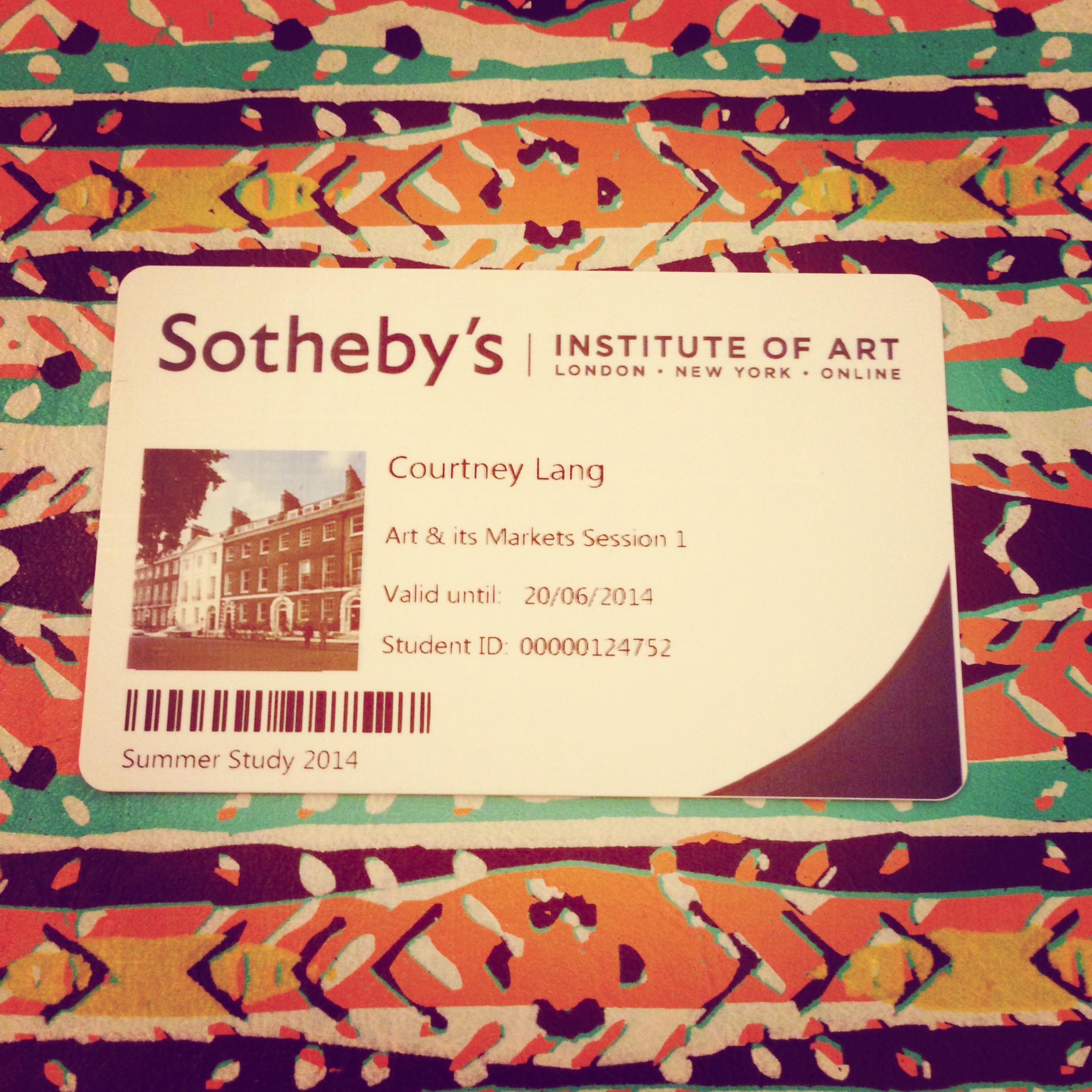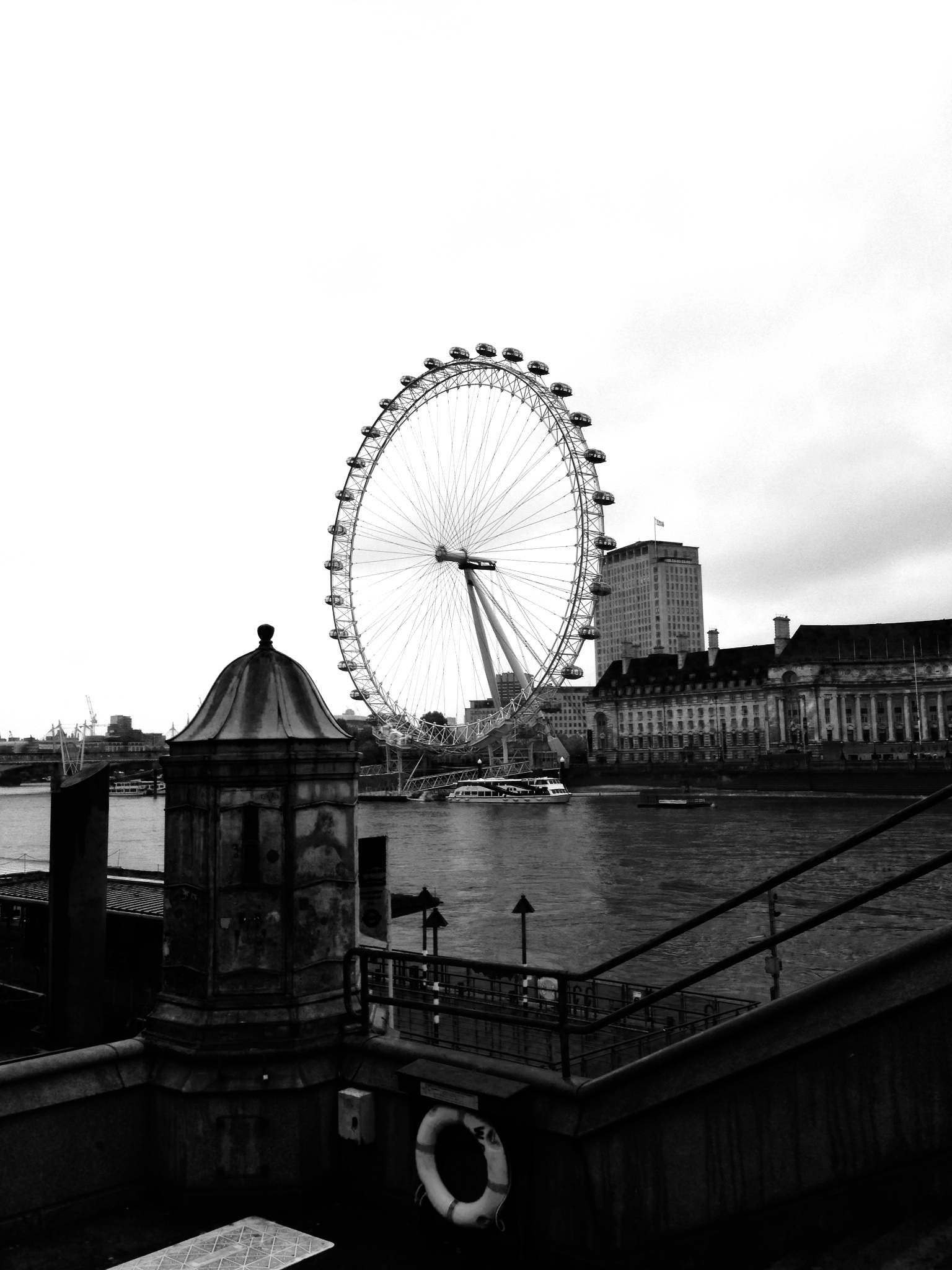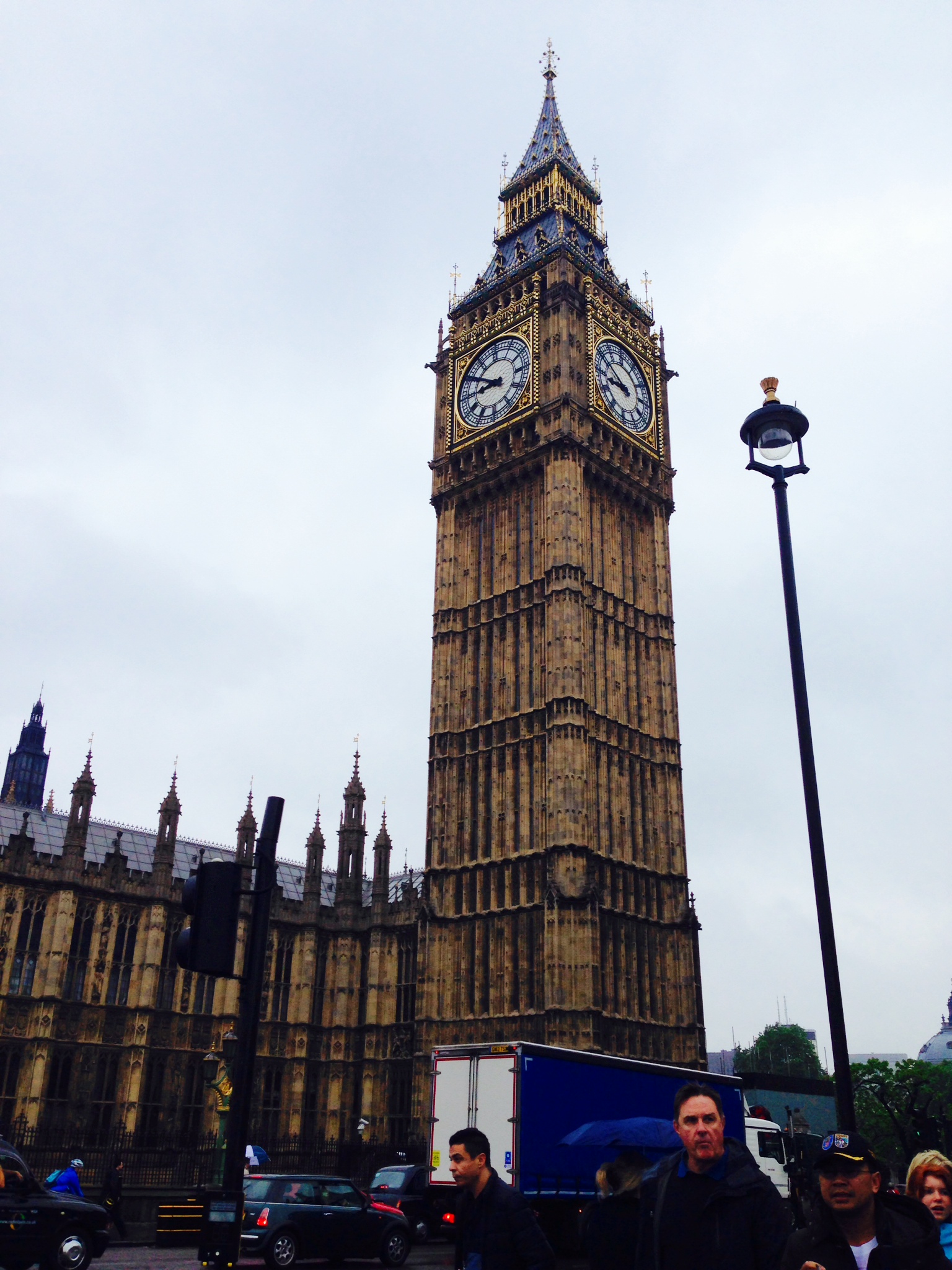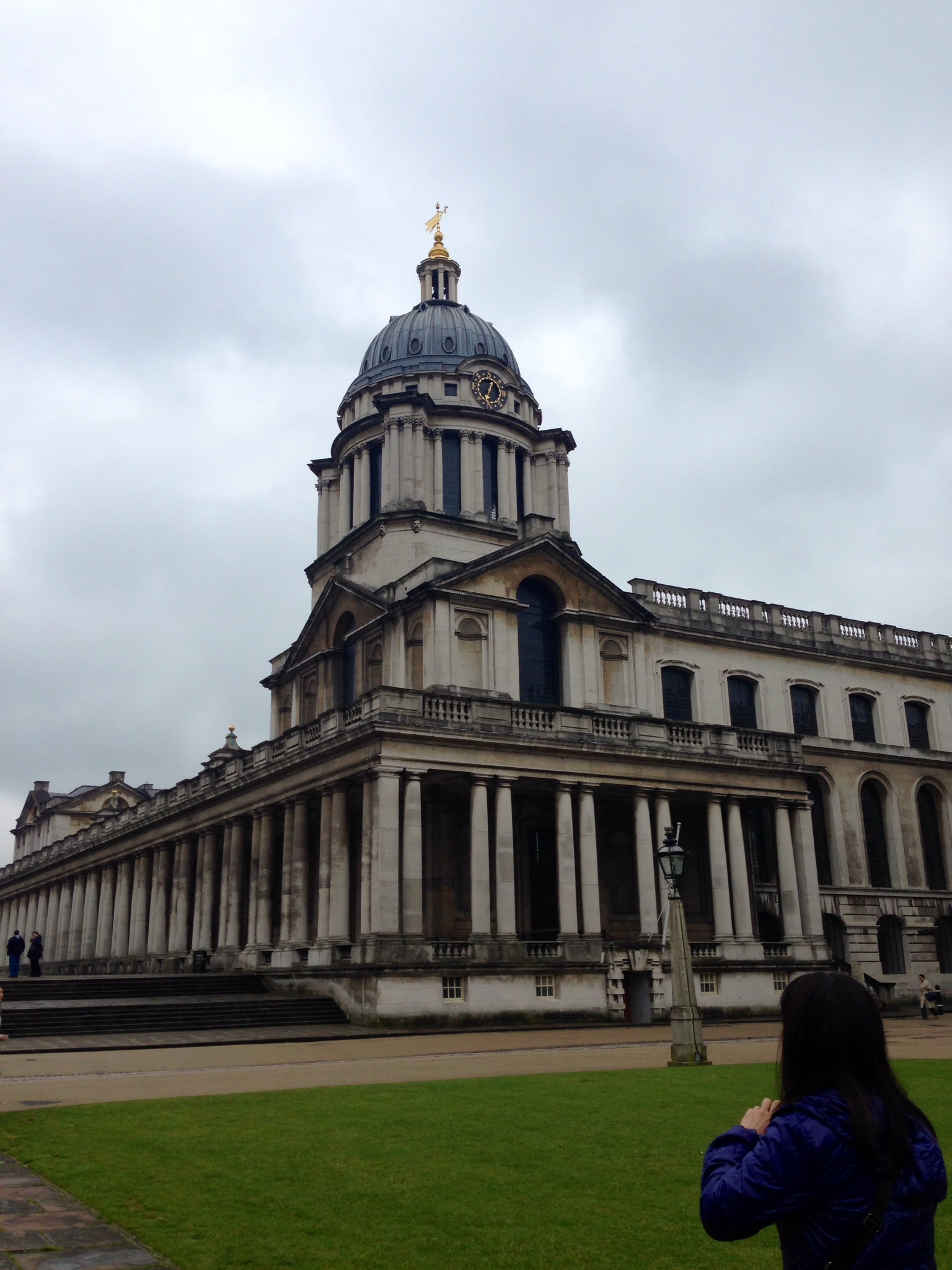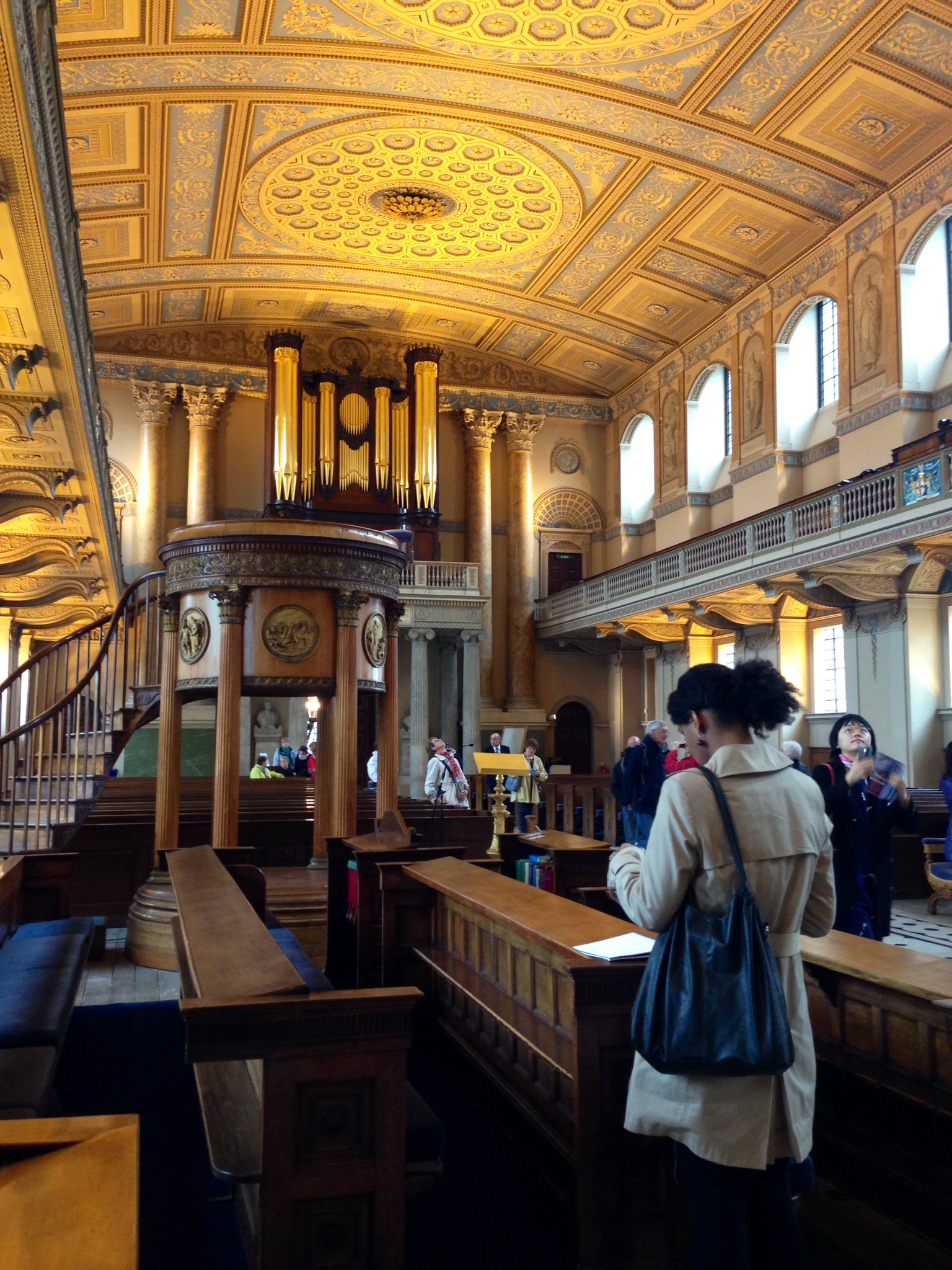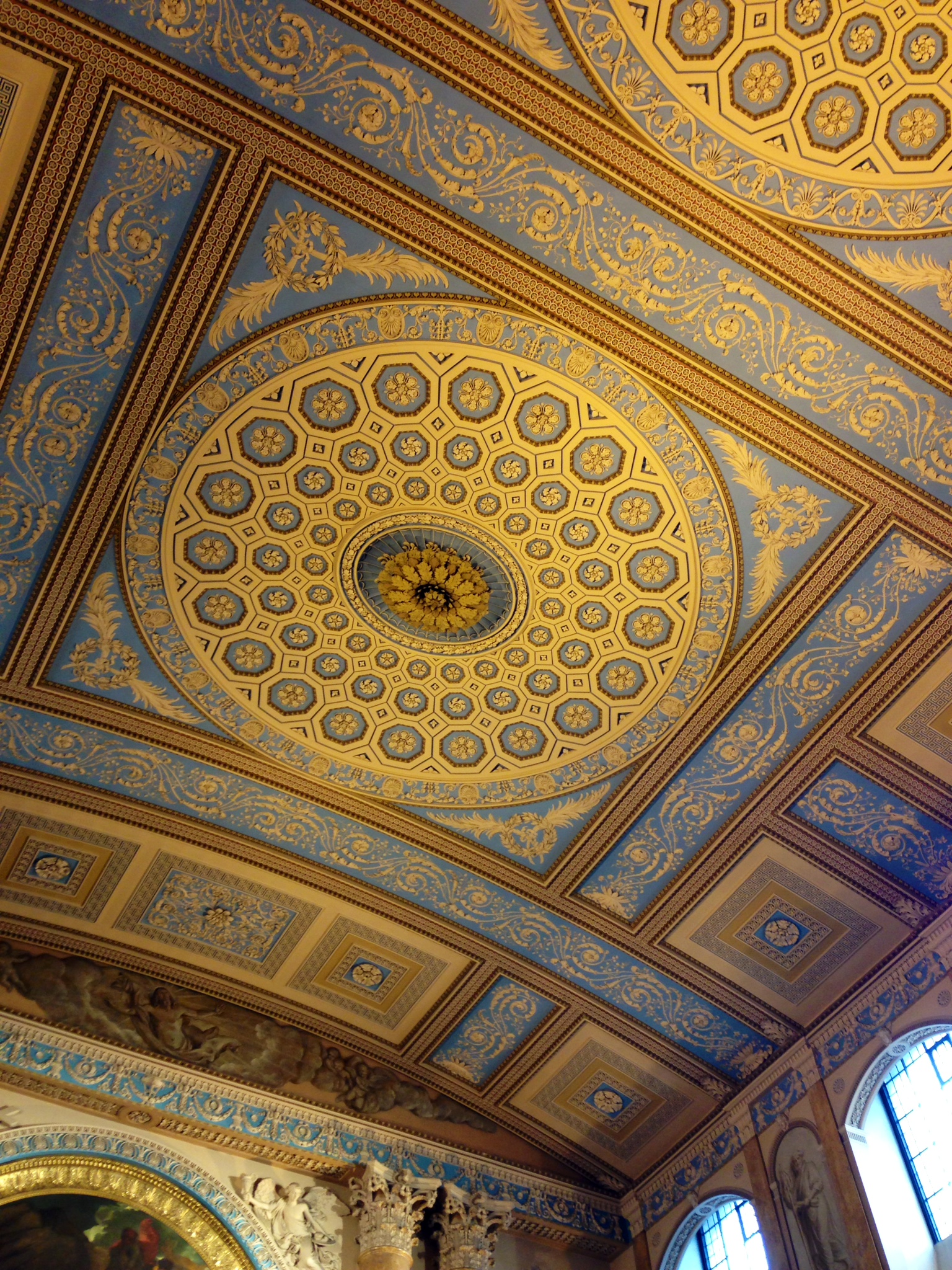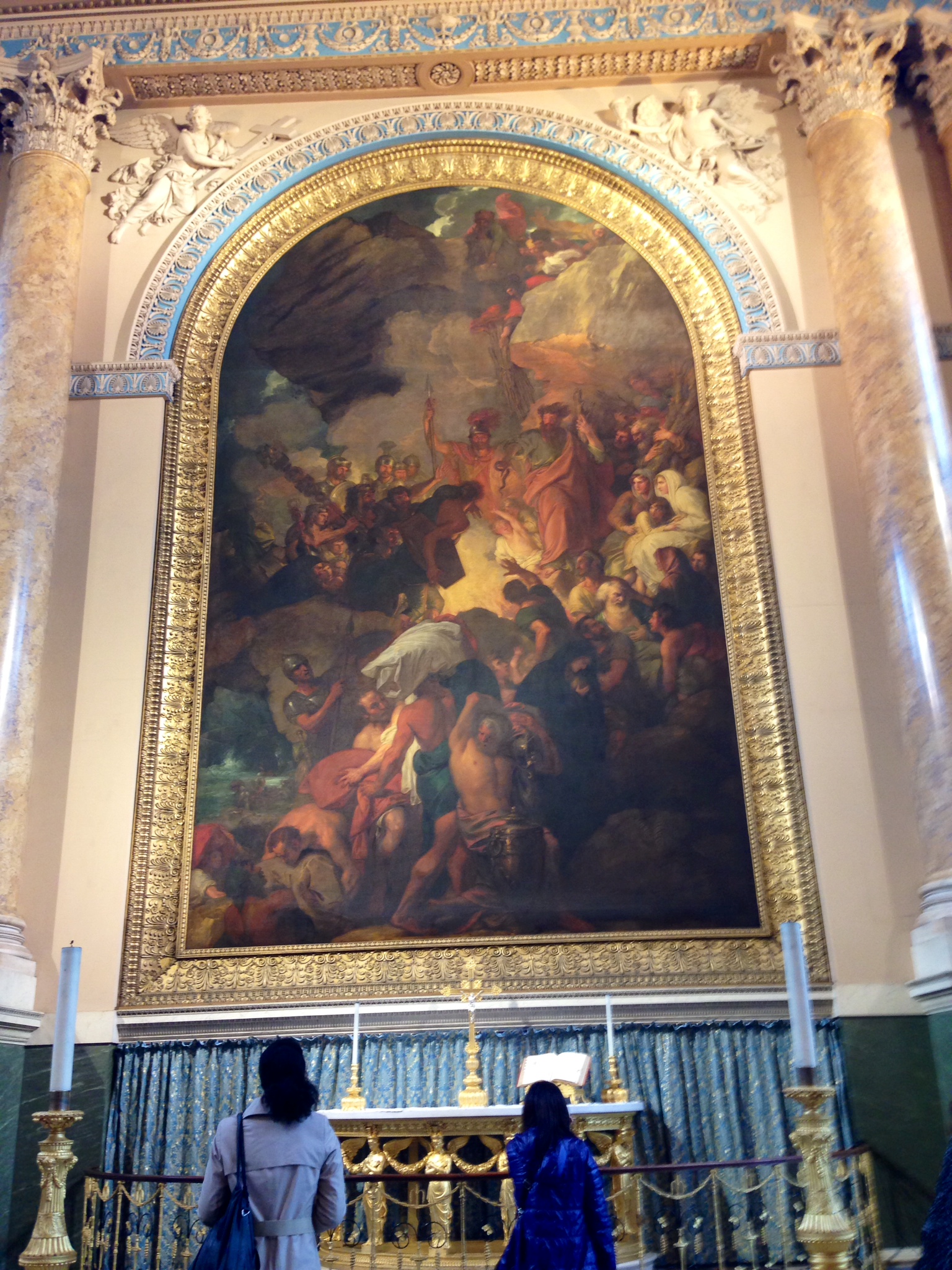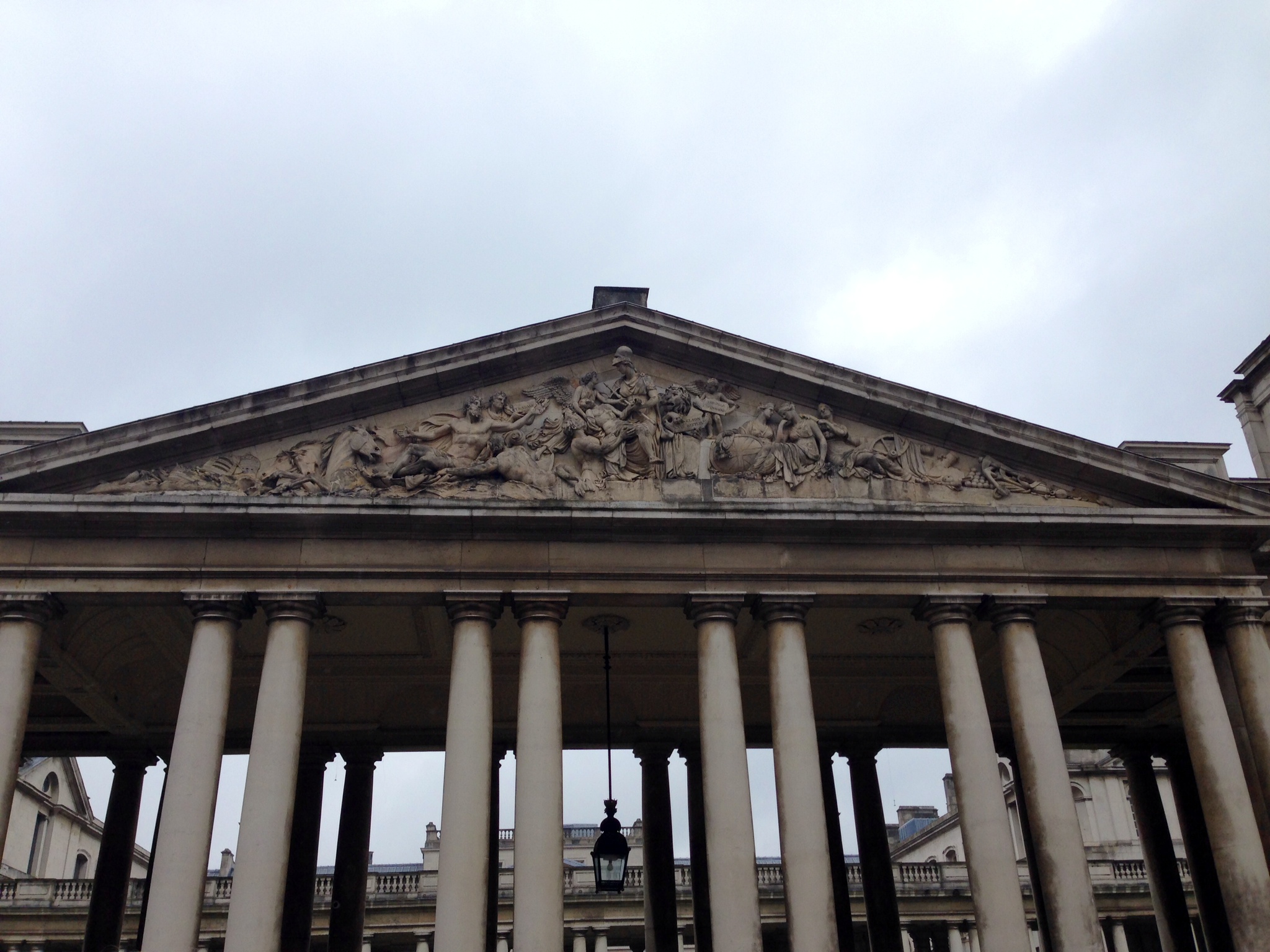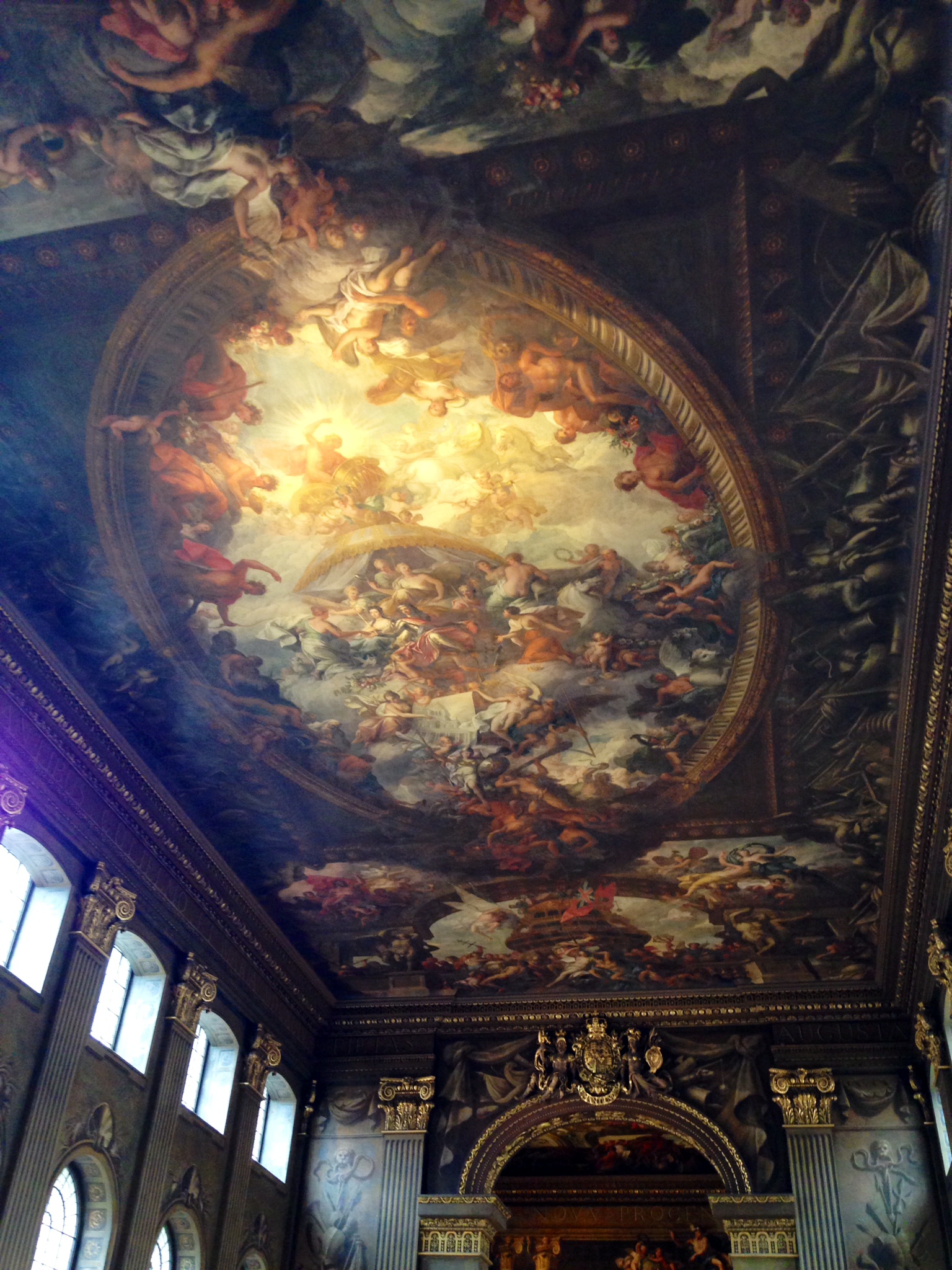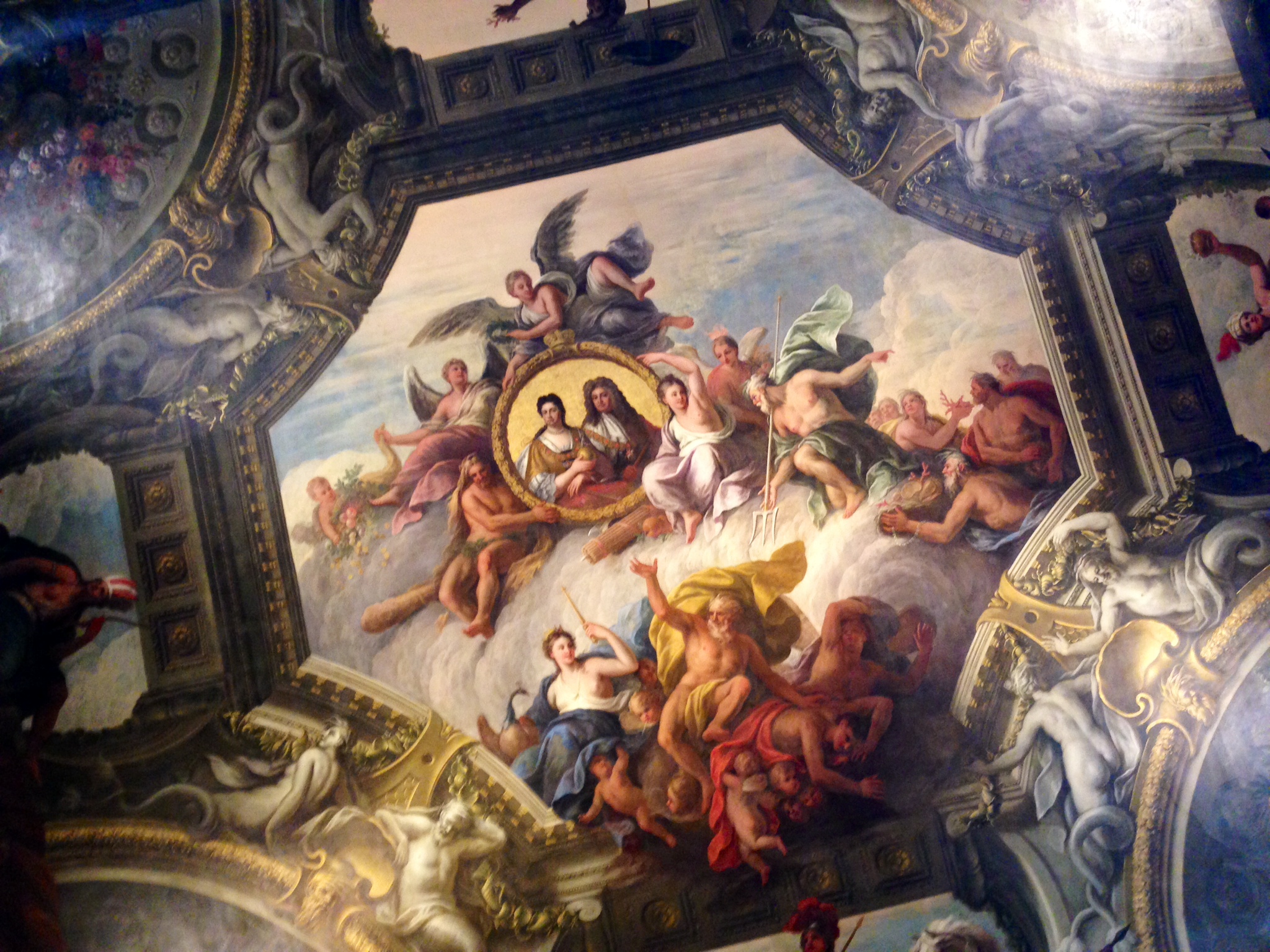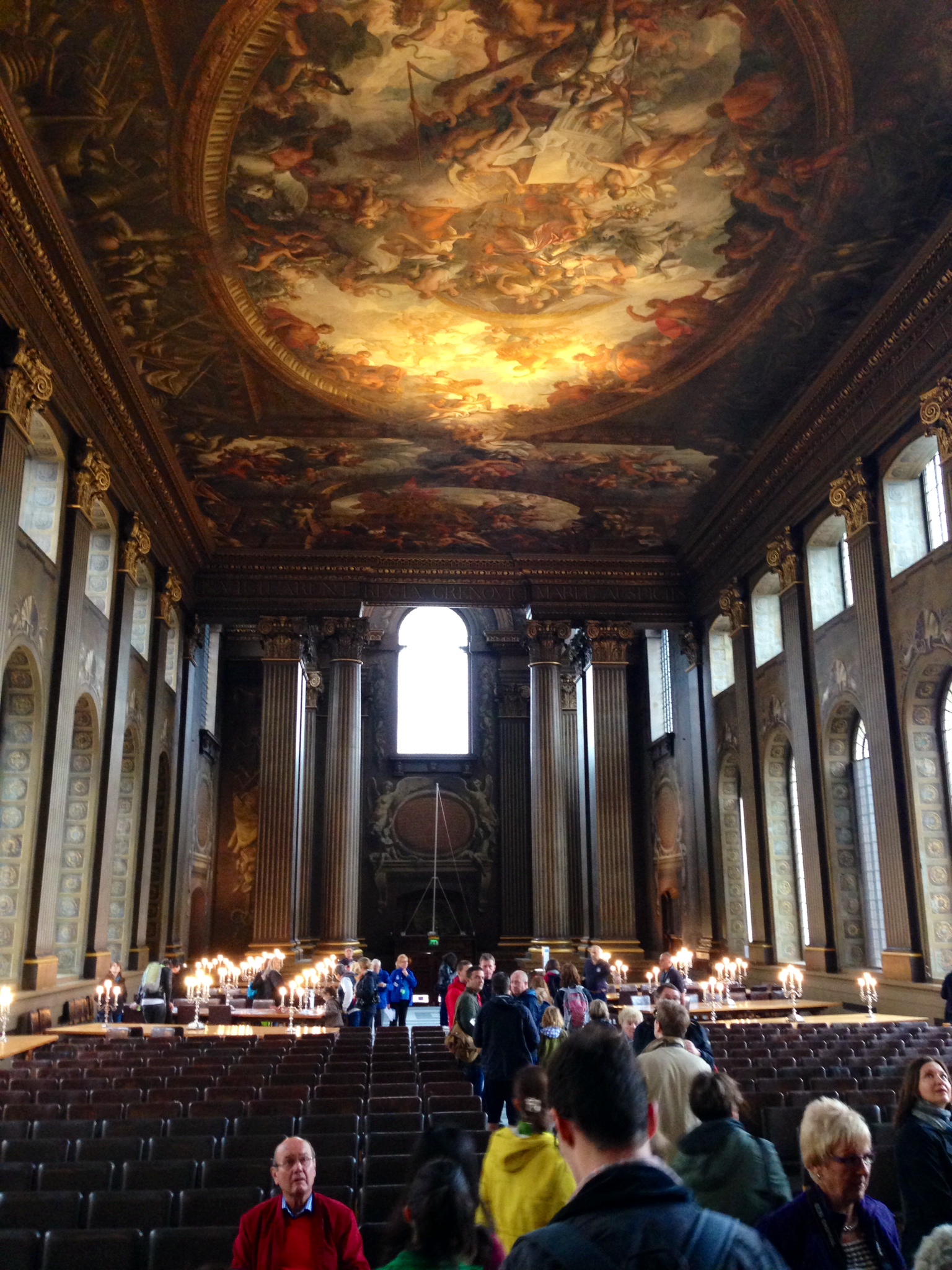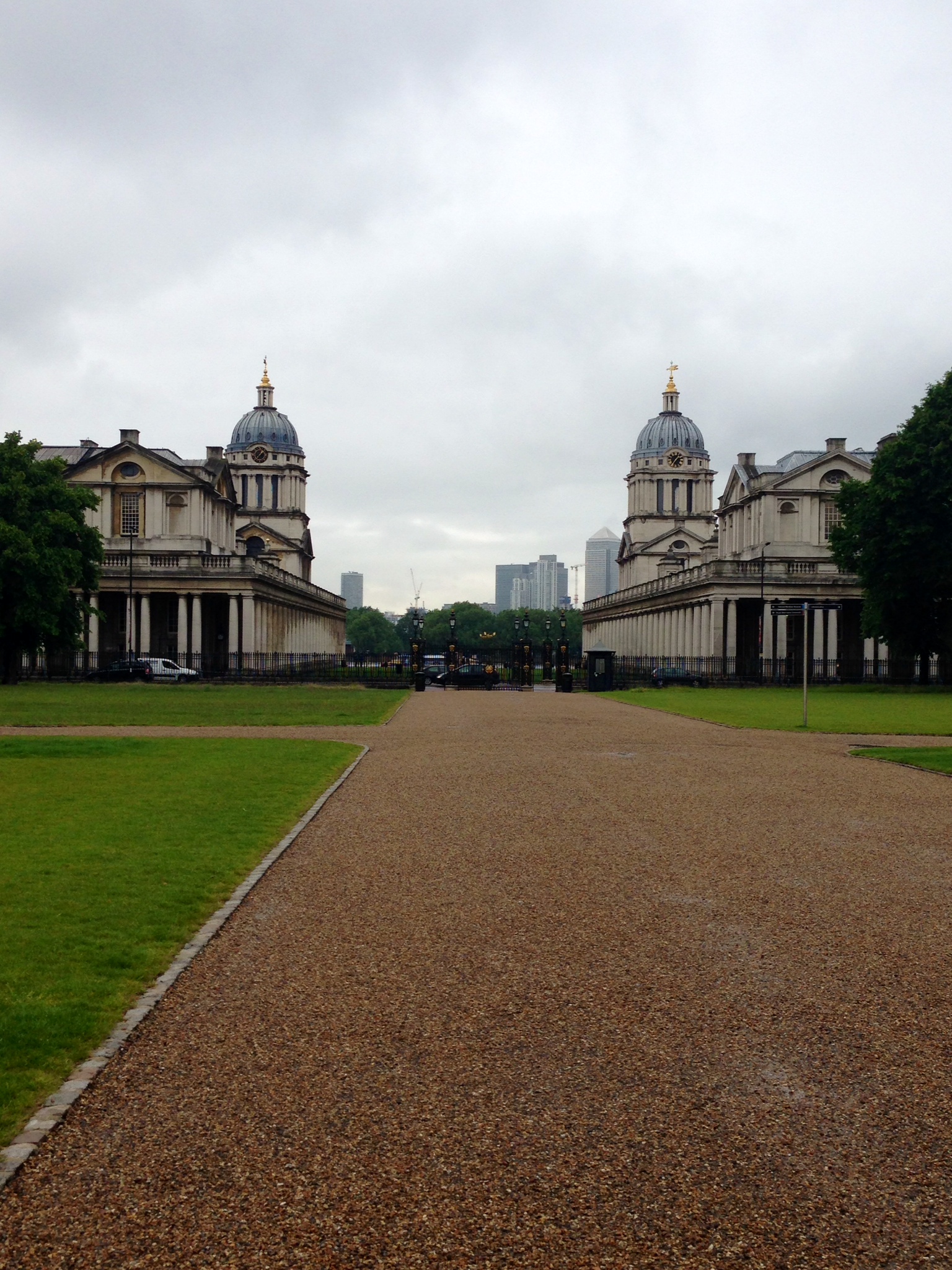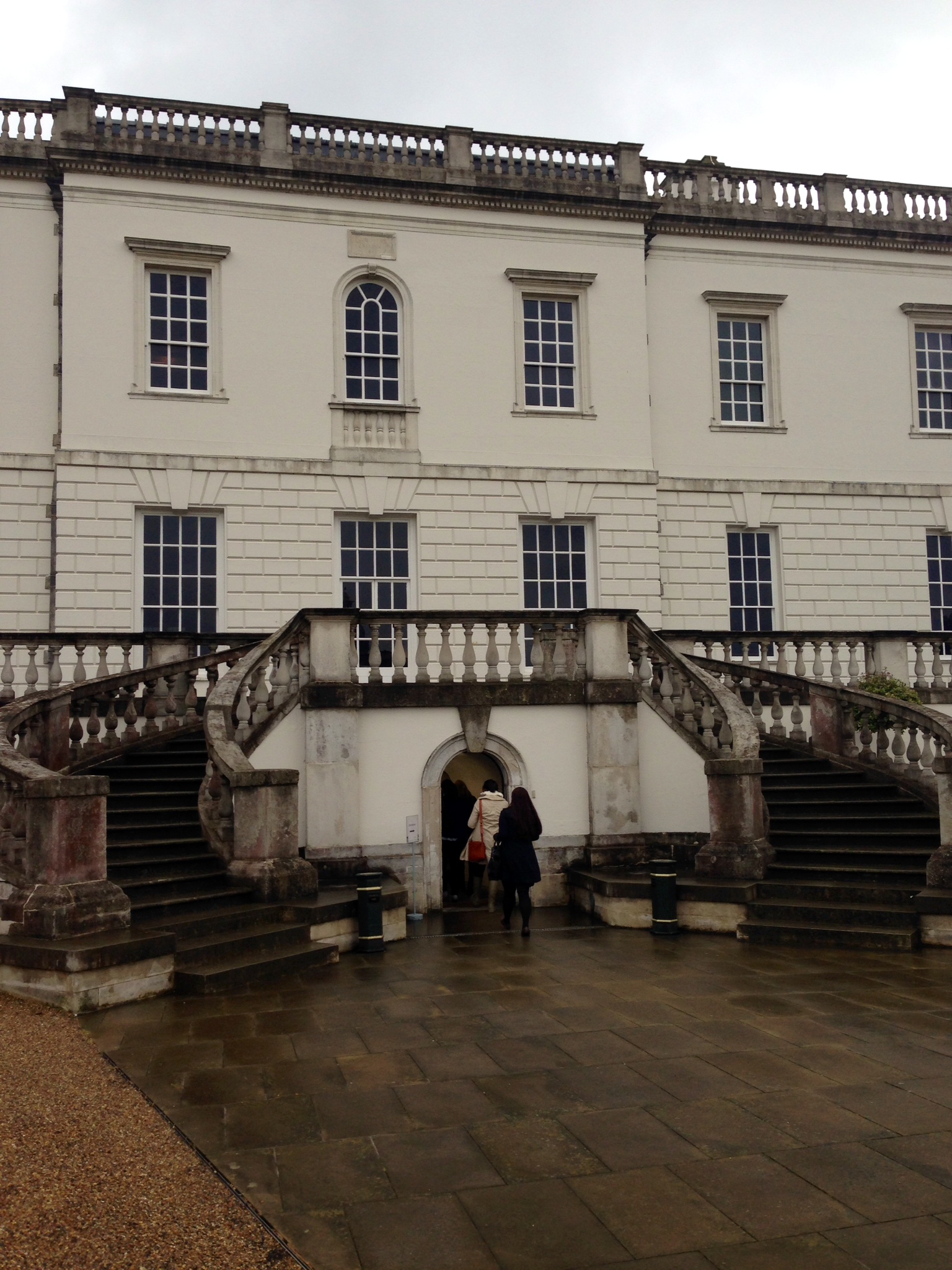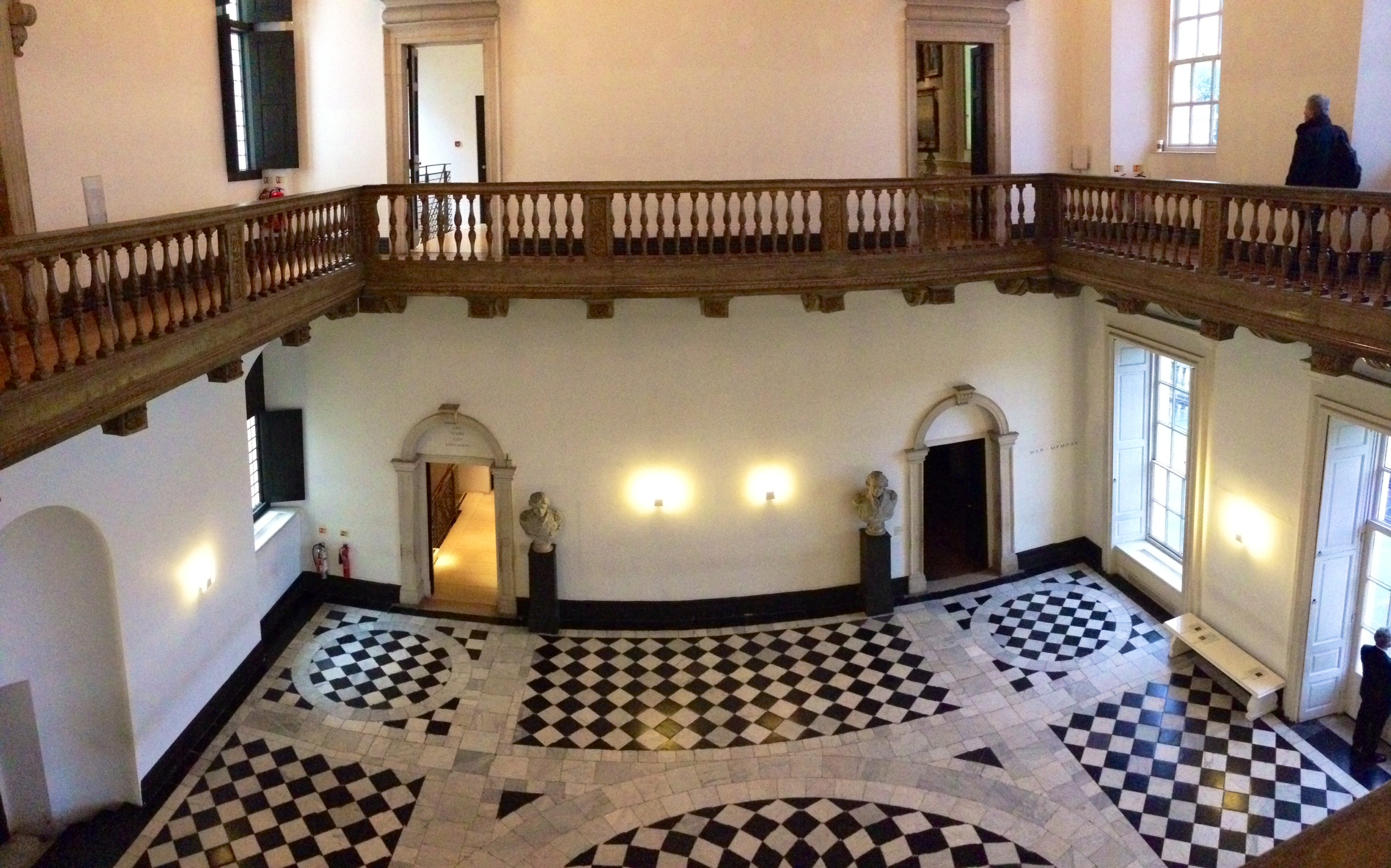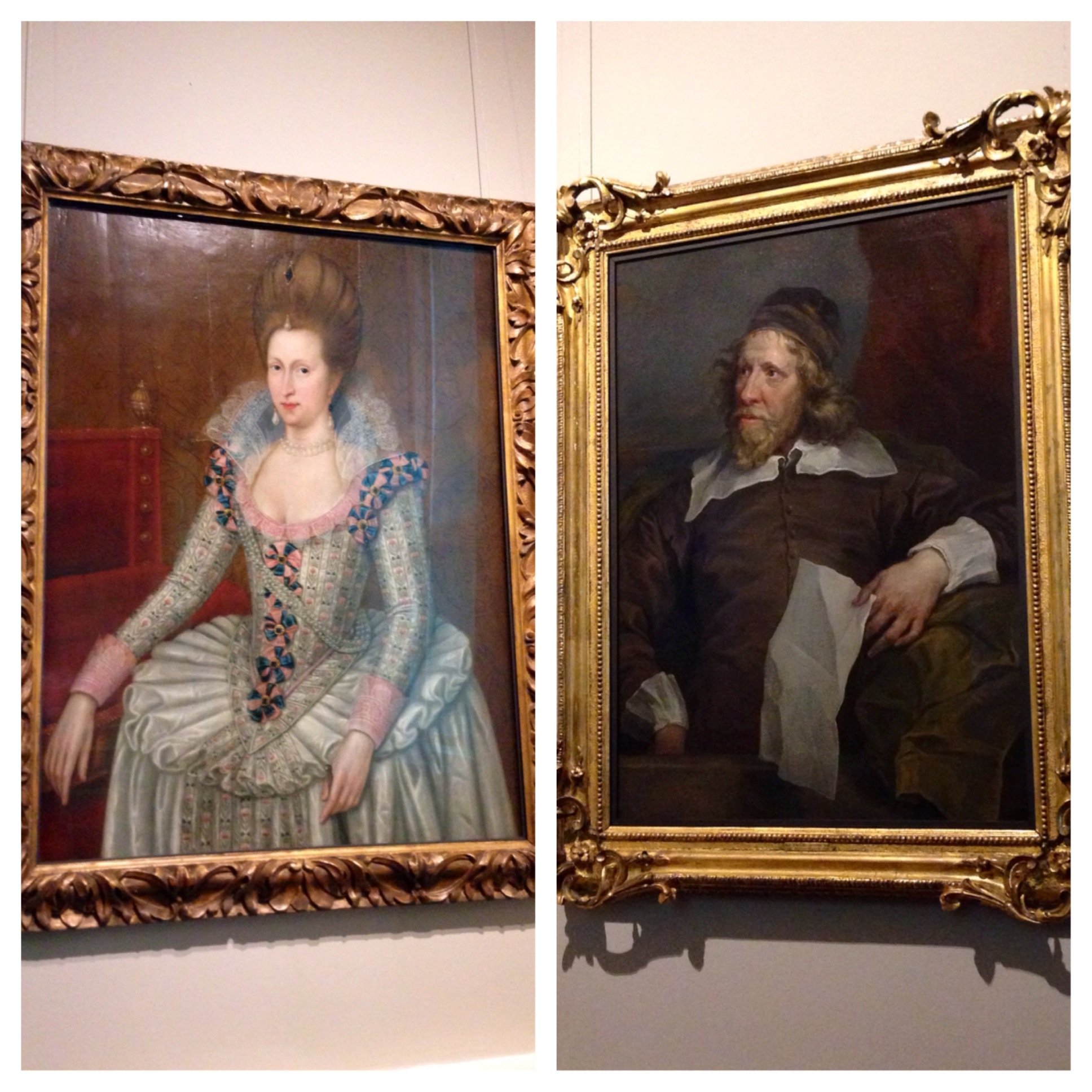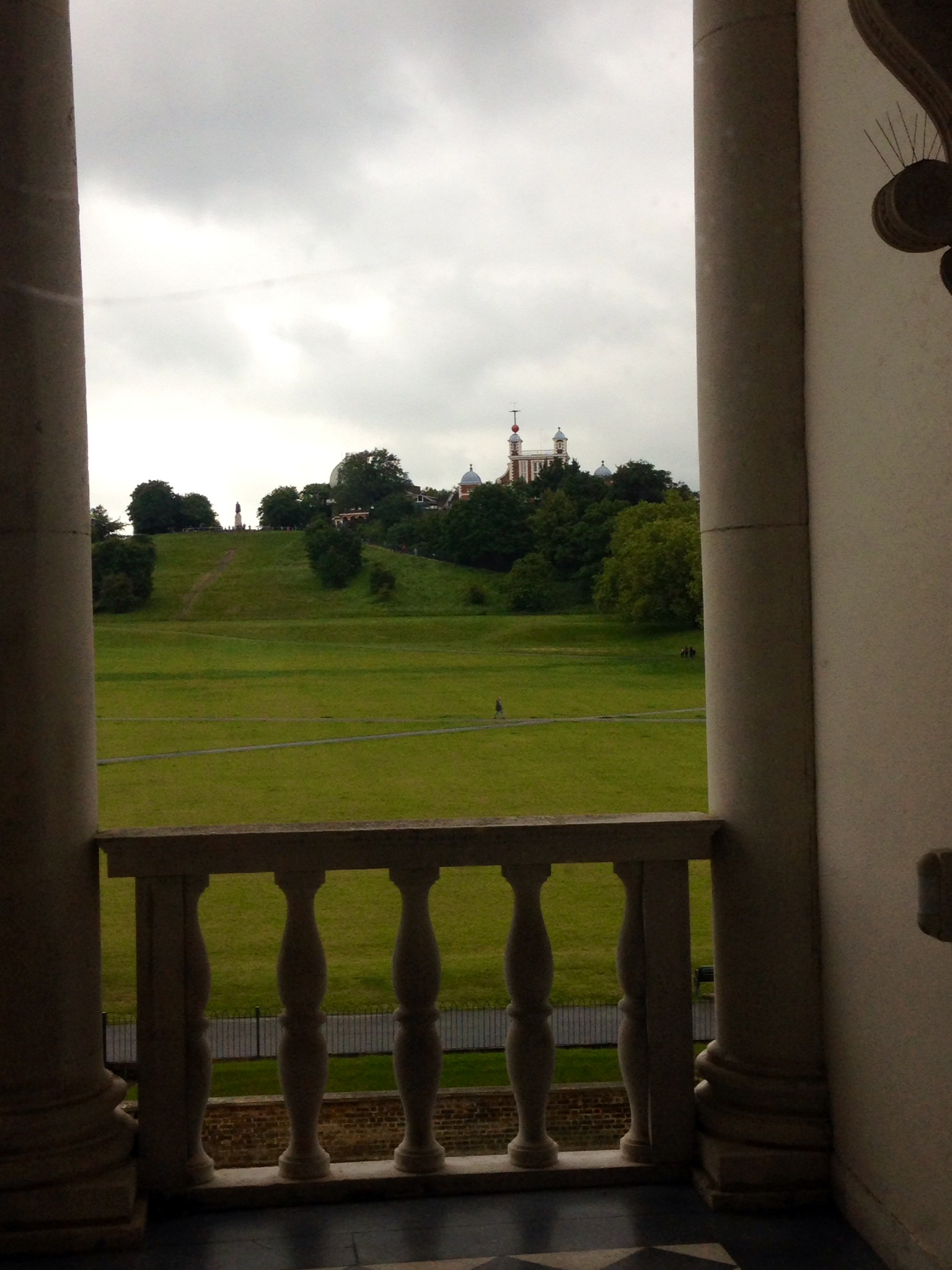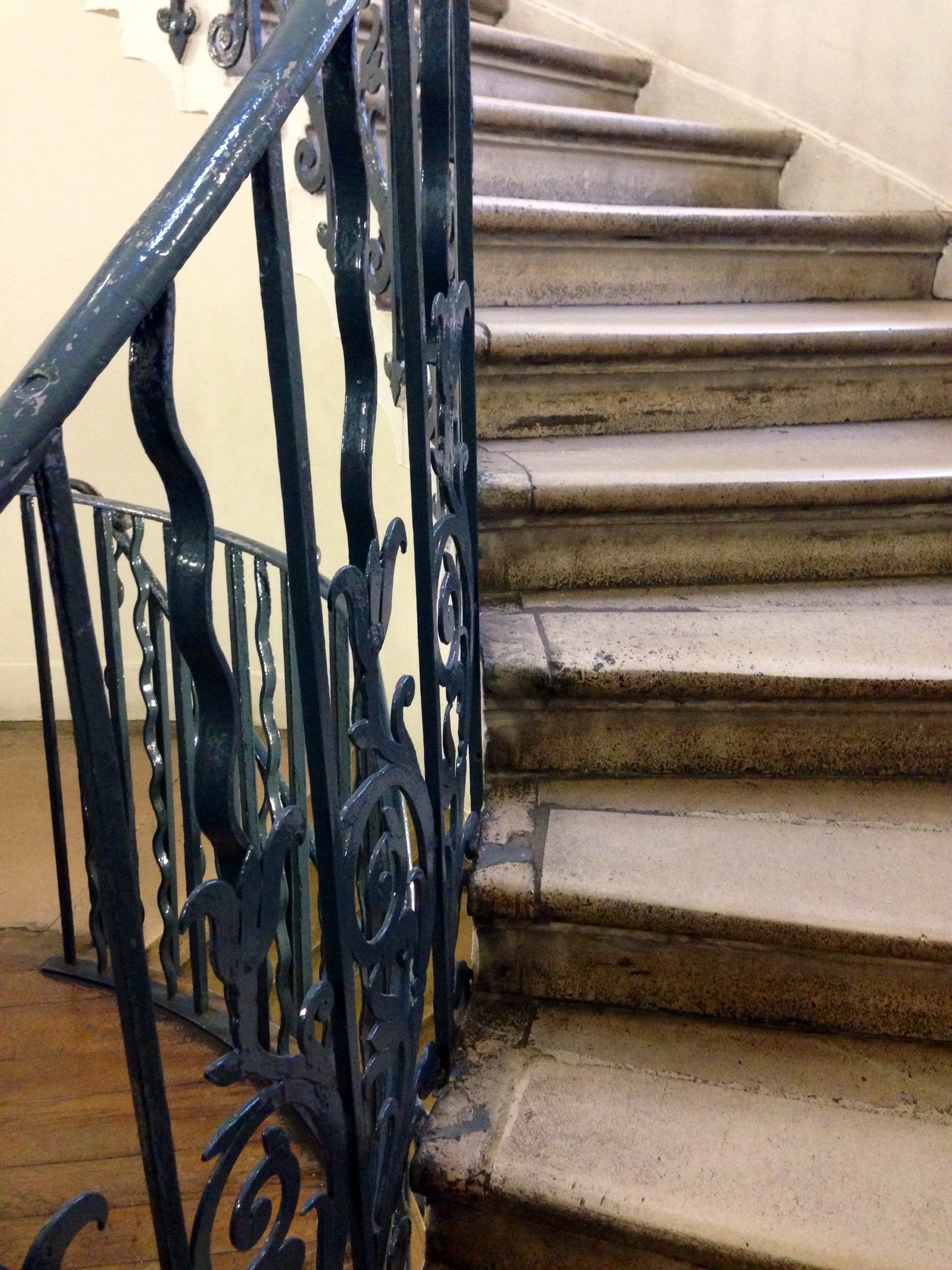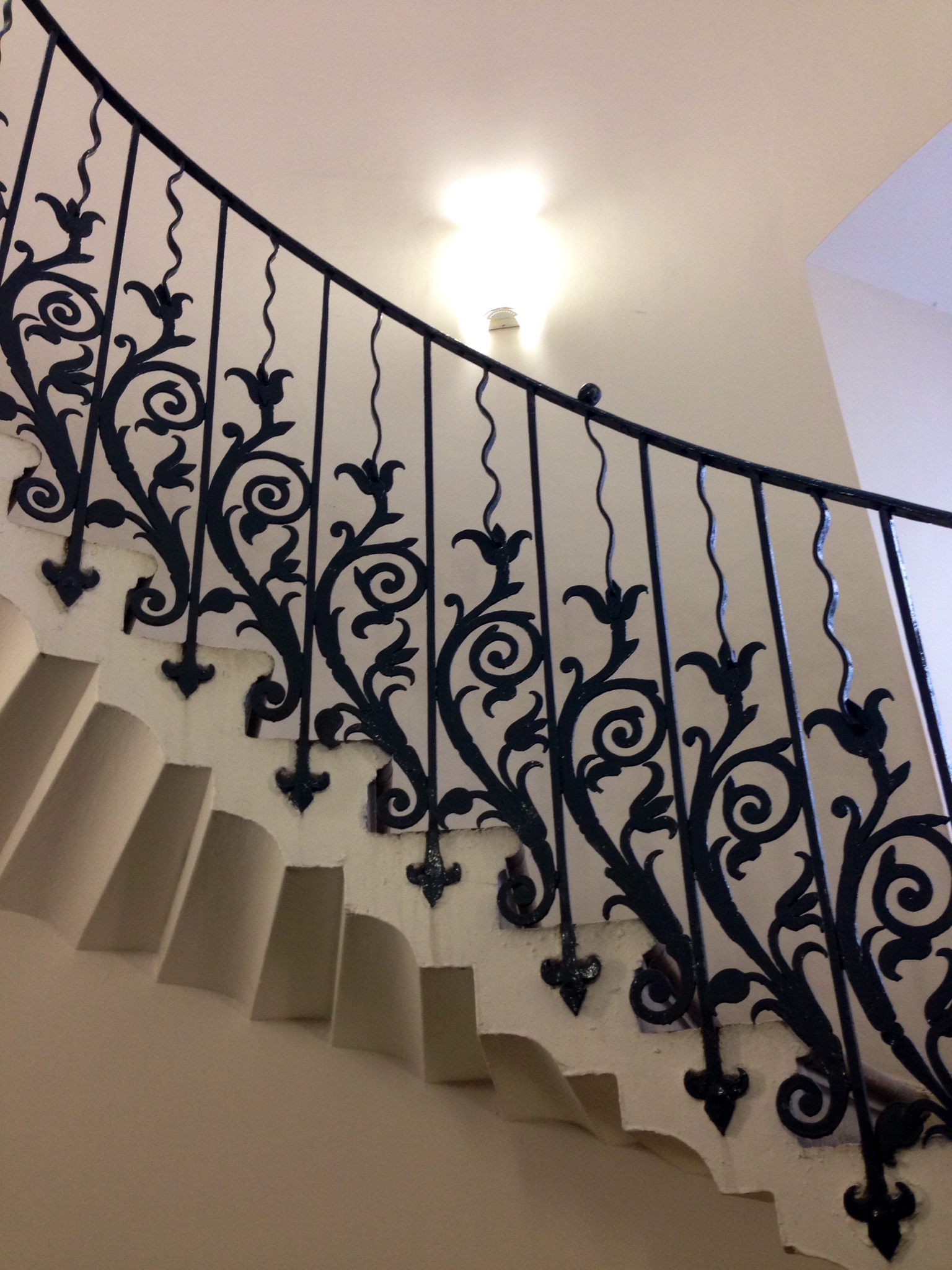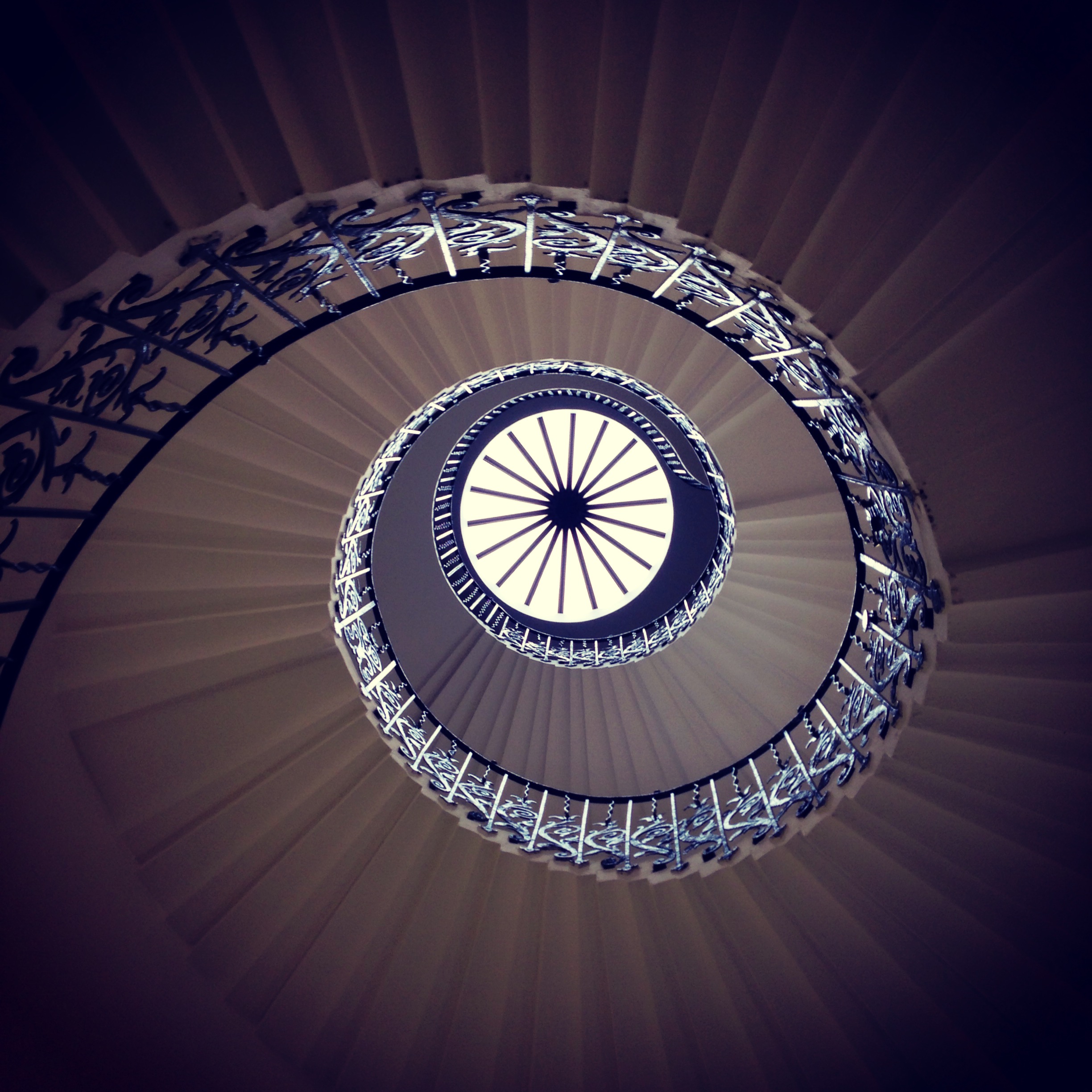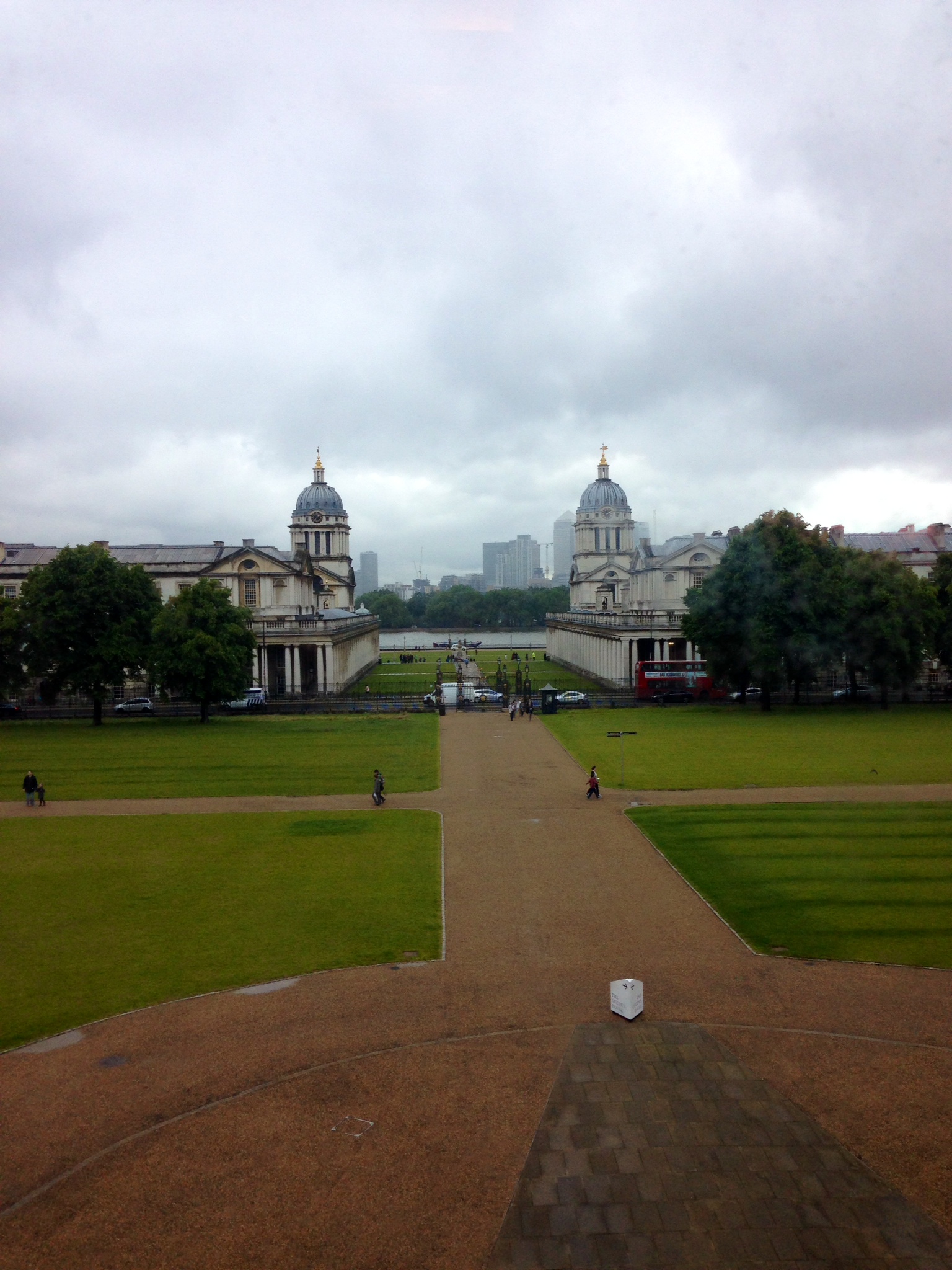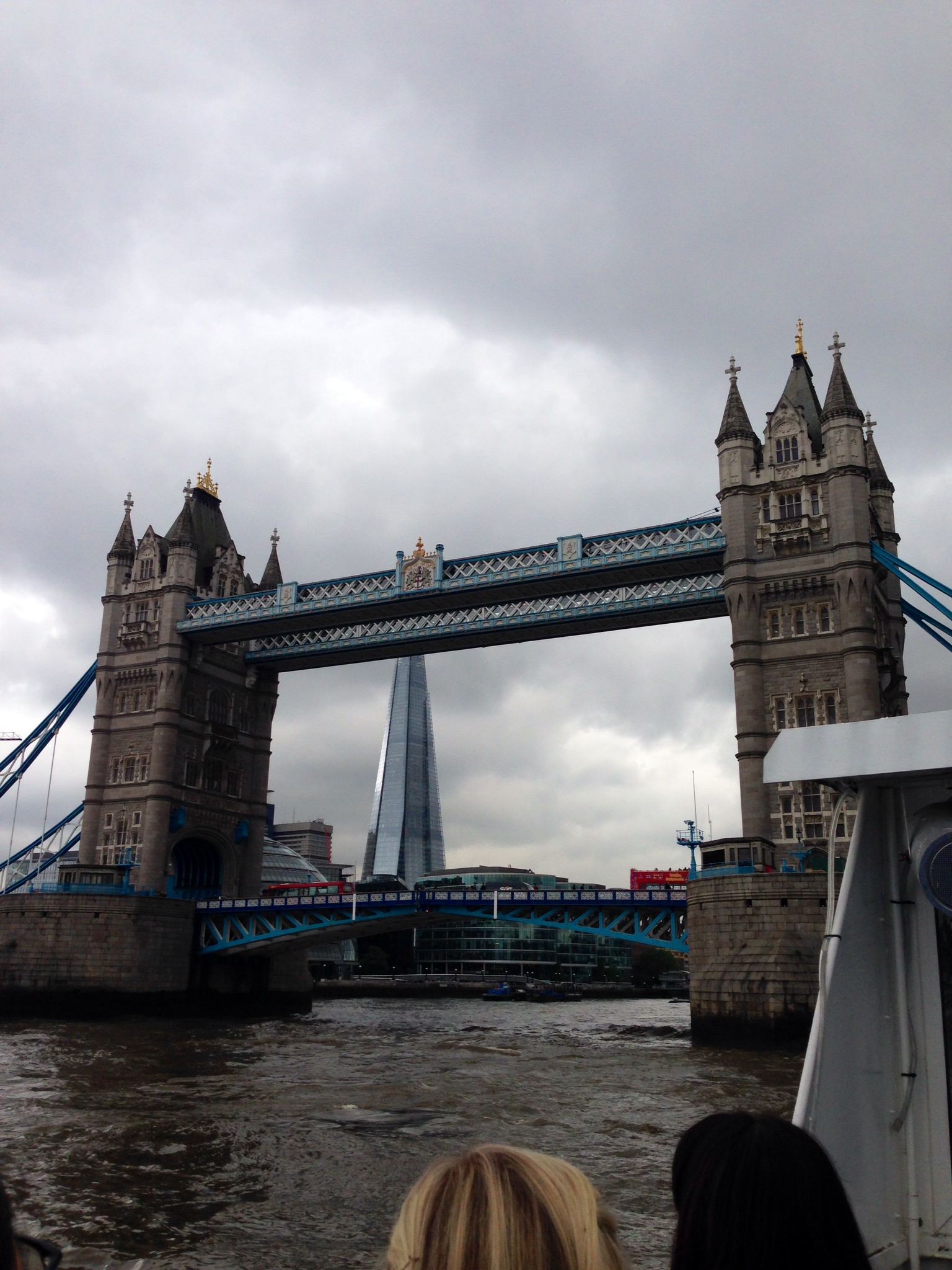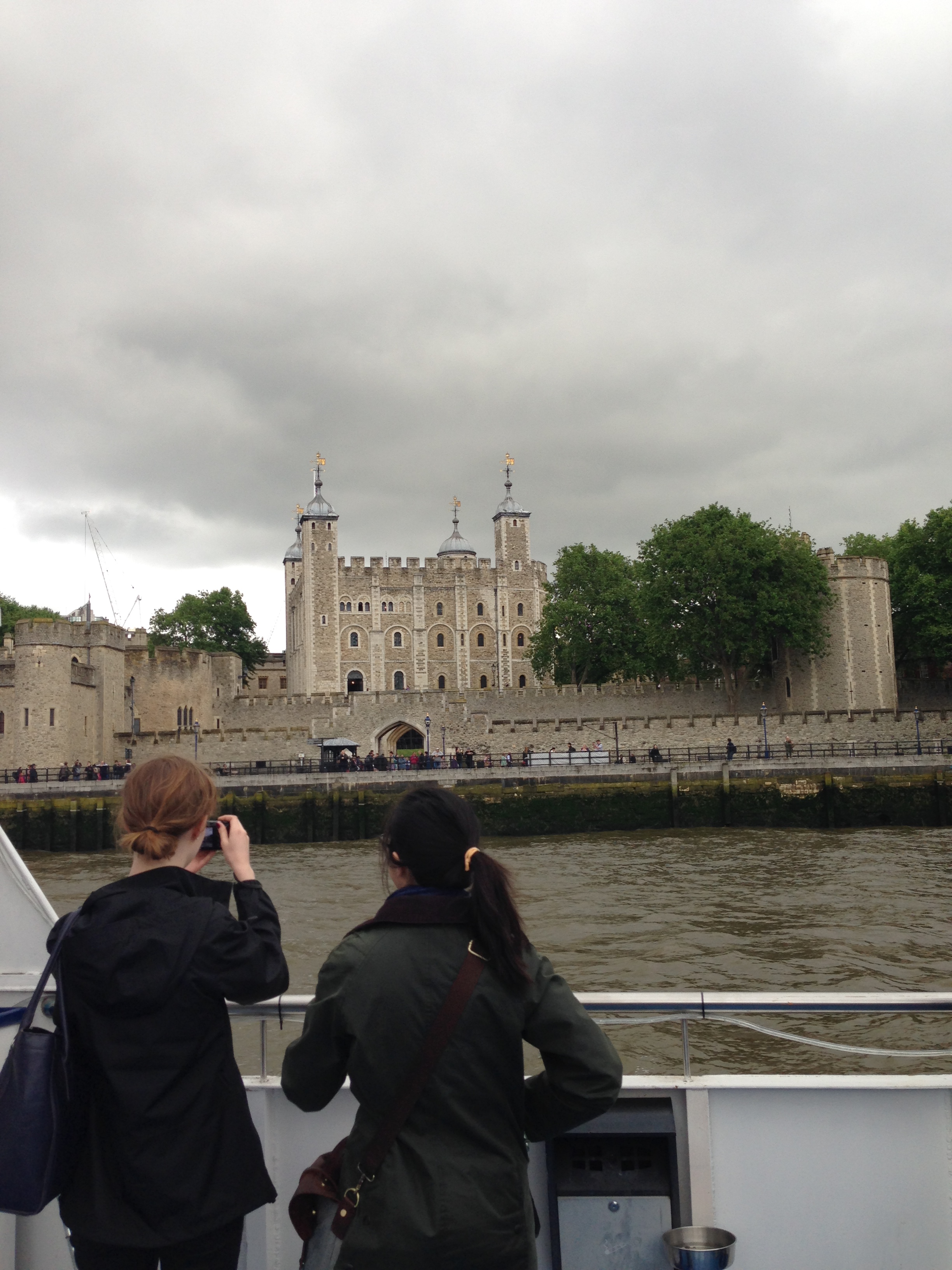Yesterday marked by first day at Sotheby’s!! I arrived to Bloomsbury slightly before 9:30 and made myself comfortable in our primary meeting room. We were welcomed to the Institute by the Deputy Director, Jonathon Woolfson, and were given a tour of the premises. Seminars throughout the day included ‘Introduction to the Art Market,’ ‘Introduction to the Auction Process’ and ‘Introduction to Buying Art.’ My favorite seminar of the day was definitely the one about how Sotheby’s runs a typical auction; I never realized how much work has to go into planning an auction that may only last a few hours! One of my professors, Angus Haldane, is an art dealer so it was also interesting getting to hear his perspective as an integral part of this ever-changing art market. Although I was beyond exhausted after my first day, I had such a fun time meeting people from all over the world and getting a peek into the world of fine art.
Today we all made the journey down river to Greenwich to visit the Chapel, the Painted Hall and the Queen’s House. We met at the Westminster Pier at 9am and then rode a boat down the Thames, which I had never done before despite having been to Greenwich twice before.
Once we got to Greenwich, we split up into two groups and my group went in to see the Chapel which is dedicated to St. Paul and St. Peter. While stunningly beautiful, the chapel is not actually the original built by Christopher Wren. Apparently after a late, drunken night a group of men accidentally set the back part of the chapel on fire and it was totally destroyed. Wren’s original design was then redone by another architect who changed the space both stylistically, he decorated the chapel in the neoclassical fashion, and structurally, he rebuilt the ceiling as a barrel arch rather than flat. The mural decorating the eastern wall of the chapel was painted by an American expat, Benjamin West, who was a much sought-after artist in the mid to late 18th century.
Our next stop was the Painted Hall, which although I found it quite impressive our guide stated his opinion that the artist was rather subpar in talent. Throughout the murals that decorate the hall, which was originally meant to be the dining hall of naval personnel but was deemed too elaborate for common folk, there is a visible tension between Catholicism and Protestantism—in one such case Louis XV can be seen crouching under the feet of King William of Orange. The style is very characteristically English Baroque and it’s wonderful to be able to see in person how the Italian Baroque tradition transformed over the decades as it reached the UK. As can also be seen in the Albert Memorial in Kensington Gardens, British Imperialism is quite evident throughout the mural design.
We then had an 1.5 hour lunch break, during which most of us ate at Byron Proper Hamburgers. Although I felt like a traitor to the restaurant’s name, I actually got the butternut squash, lentil and feta mixed green salad and it was a delicious pick-me-up on a typically rainy London day.
After lunch, we walked on over to the Queen’s House. The residence got its name after James I gave the lands in Greenwich to his wife, Anne, as an apology gift after he yelled at her for killing one of his favorite dogs during a hunting accident in front of the rest of the court. And although she died before its completion, many royal couples after the reign of James I used the palace as a summer/holiday residence. Completed in 1638, the palace was a favorite of Queen Henrietta Maria but was uninhabited during the reign of Oliver Cromwell. After the Glorious Revolution, Greenwich Park Rangers (who were in charge of making sure that there were enough deer in the park for the King and his court to hunt) lived in the Queen’s House with their families.
A highlight of the Queen’s House for me was getting to climb up the Tulip Stairs, which have quite a reputation for being haunted by the ghost of a serving girl who fell to her death on the stairs in the 18th century.
An interesting fact about the design and construction of the Greenwich Naval Hospital is the fact that Christopher Wren had to build twin buildings because Queen Mary loved the view of the Thames from the Queen’s House and did not want it to be obstructed by the hospital. I’m slightly glad that she made this demand because the view of the river is quite lovely.
At around 4pm, we made our way back down along the Thames to Westminster Pier. I got some pretty cool pictures of Tower Bridge while we floated beneath which was awesome because I’ve never had that perspective of the bridge before.

